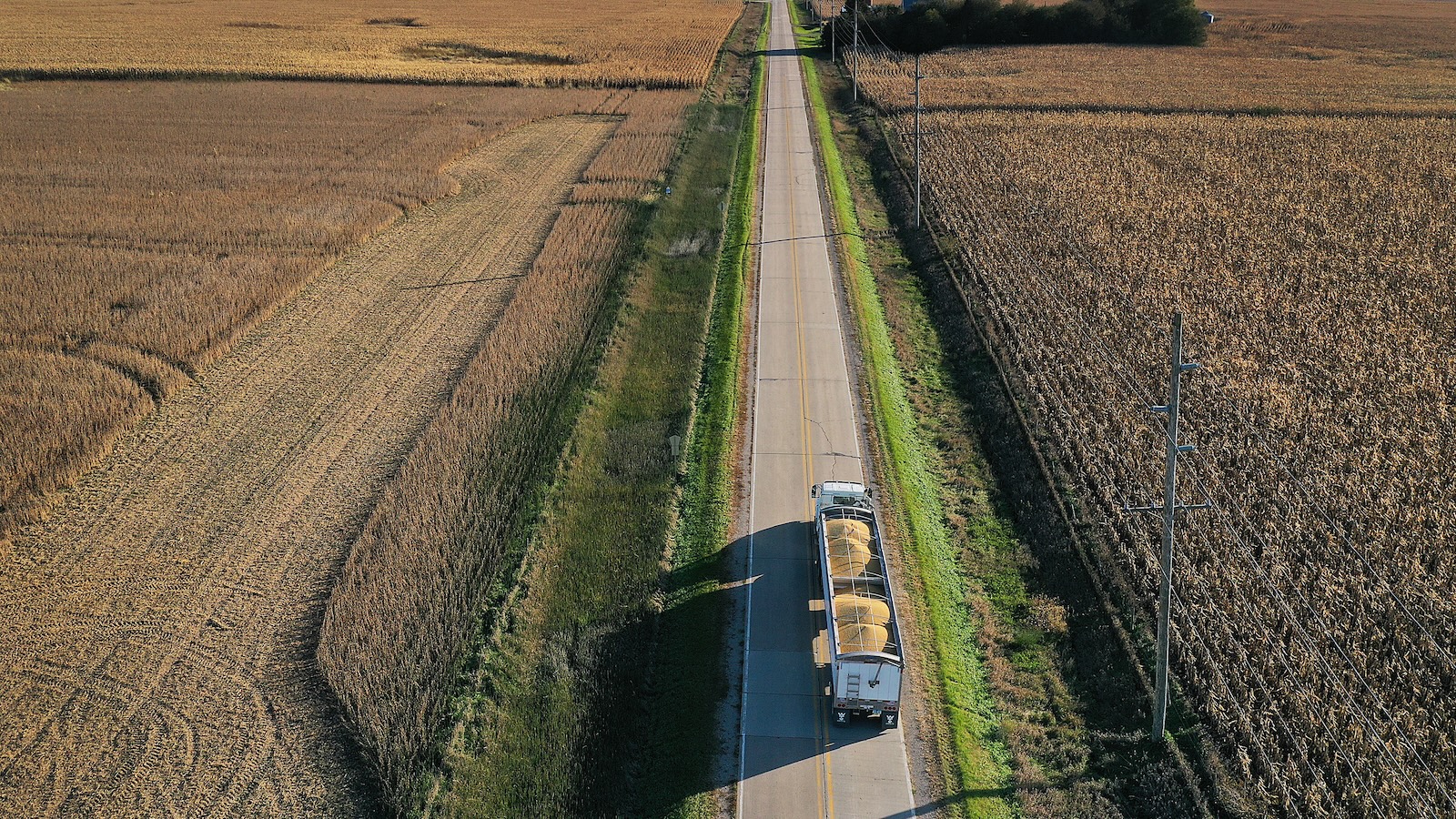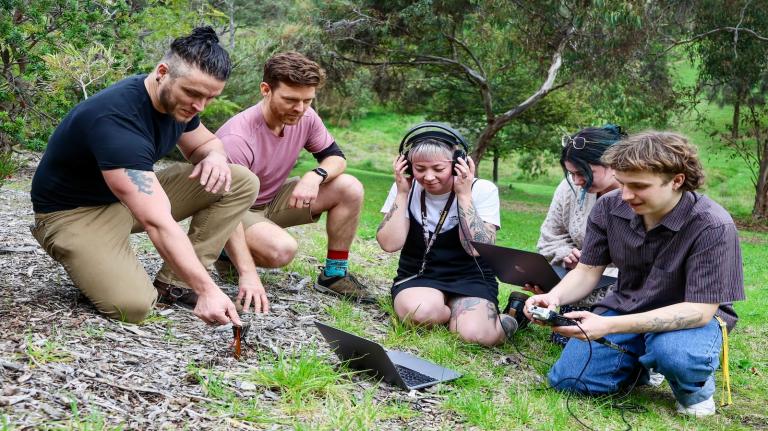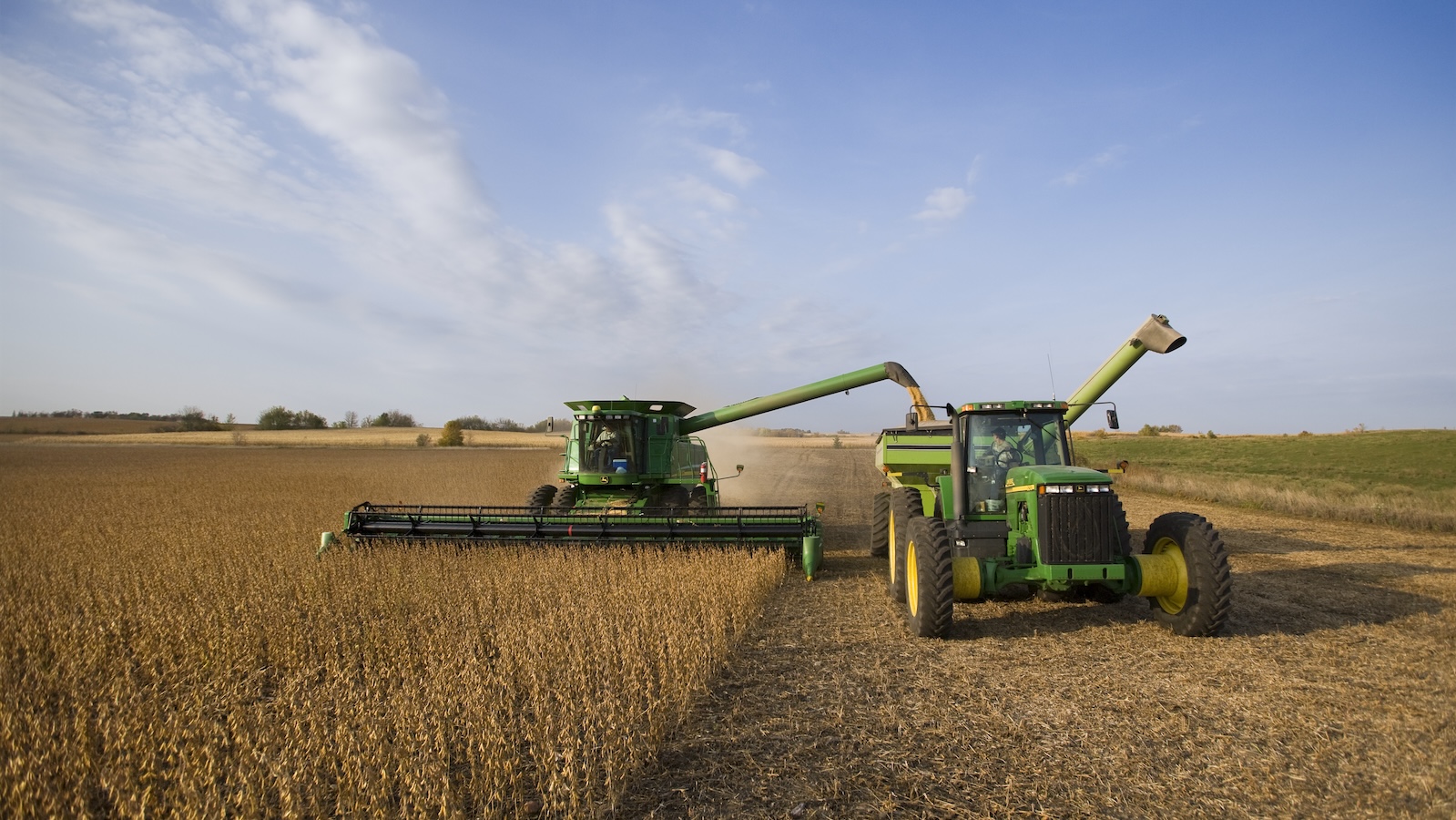A new report finds that the United States could more efficiently produce food if half the country’s protein supply came from plant-based or alternative proteins rather than meat or dairy.
The analysis demonstrates how a shift toward a plant-based diet provides ample benefits for the environment and the climate. In its latest report, the Good Food Institute, or GFI — a nonprofit think tank that supports the growth of alternative proteins — calculates that if Americans replaced 50 percent of their animal protein consumption with plant-based options, then 47.3 million fewer acres of cropland would be needed to grow the same amount of protein.
That land, which altogether makes up an area roughly the size of South Dakota, represents tremendous opportunities for carbon sequestration and biodiversity, according to GFI. The organization argues that if those acres weren’t used to grow crops, they could instead be transformed into carbon sinks or used to restore threatened ecosystems. That would deliver climate benefits on top of the reduction of animal agriculture’s more direct emissions sources: manure and cow burps.
The U.S. currently devotes a tremendous amount of land to agriculture: Over 60 percent of land in the contiguous U.S. is used for agriculture, and 21 percent of that is cropland. A majority of the nation’s cropland — 78 percent — is used to raise crops that are primarily used to feed animals.
The shift toward increased alternative protein production detailed in the GFI report would not require growing more plants. Instead, the U.S. could meet its current protein demand by growing fewer crops overall, and ensuring that more of the commodity crops we already produce — such as soy, grain, corn, barley, oats, and sorghum — are grown for human consumption.
“I think a lot of people, when they hear about plant-based diets, they’re like, ‘That’s going to take so much soy,’” said Priera Panescu Scott, GFI’s lead plant-based scientist, whose background is in material and agricultural science. But Panescu Scott, who co-authored the report, points out that soy is mostly grown to feed livestock, not humans. Worldwide, a majority of soy is used for animal feed, while only 7 percent winds up becoming tofu, tempeh, soy milk, or other foods.
Stephen Wood, an associate research scientist and lecturer at the Yale School of the Environment who was not involved in the report, called the findings “straightforward and expected.”
“The fact that you’re going from feeding animals that then people eat to just feeding people is always going to be more efficient and therefore is always going to require less land,” said Wood.
However, to calculate the carbon sink and biodiversity opportunities associated with shifting cropland use in the U.S., the authors of the GFI report significantly limited the scope of their analysis. Rather than looking at all animal protein consumption in the U.S., the report homes in on cropland used to support the livestock raised and consumed in the U.S. Seafood is notably absent from the report, as is protein imported from abroad. Wood points out that these parameters don’t reflect how agricultural inputs can transcend or move across borders. “It’s a little artificial to draw a border around the United States,” said Wood, who is also a senior scientist for agriculture and food systems at The Nature Conservancy, an environmental nonprofit.

To illustrate this, Wood pointed out that if the U.S. planted fewer acres of soybeans, but demand for meat remained high, then another country could simply step in and replace the U.S. as a soybean producer. That increase in production could contribute to environmental problems elsewhere, like deforestation in Argentina’s Chaco region. To successfully shift land use globally, there would need to be a commensurate shift in the demand for plant-based protein — which may be hard to achieve.
The narrow focus of the report was deliberate, said Panescu Scott. “We really wanted to present the opportunities for land efficiency in the U.S.,” she said, adding, “in this case, we spent a lot of time really looking at historical and current datasets of maps, to understand where the actual opportunities would lie.”
The result is that the report identifies the greatest opportunities for land use transformation in the Midwest and the South. That’s in part because the Midwest is an agricultural hub with plenty of cropland, and also because of the forests that exist in the South, which are excellent carbon sinks but have also experienced significant deforestation due to industry. Letting that land “get back to that native forest land as much as possible is going to help immensely with both carbon sequestration and biodiversity opportunities,” said Panescu Scott.
Of course, a major shift in the country’s agricultural production could also have adverse economic impacts on farmers who have made a livelihood out of growing, say, soy. Panescu Scott mentioned that public and private funding is needed to study those potential changes and explore new market opportunities or alternative income streams for farmers. One solution the report details is compensating landowners for habitat restoration undertaken on their property. Wood added that the entire agricultural value chain must be considered to comprehend the extent of any potential adverse economic impacts.
Even without changing demand for meat or the quantity of soybeans grown, Wood noted, farmers can already adopt practices to take better care of local ecosystems. On the report’s note about restoring critical habitats, Wood said, “You can also do that in cropland. There’s a big push toward what they call edge-of-field practices” — for example, nourishing wetlands on the outskirts of cropland as a way of managing water use and runoff. “There are in-between systems.”



